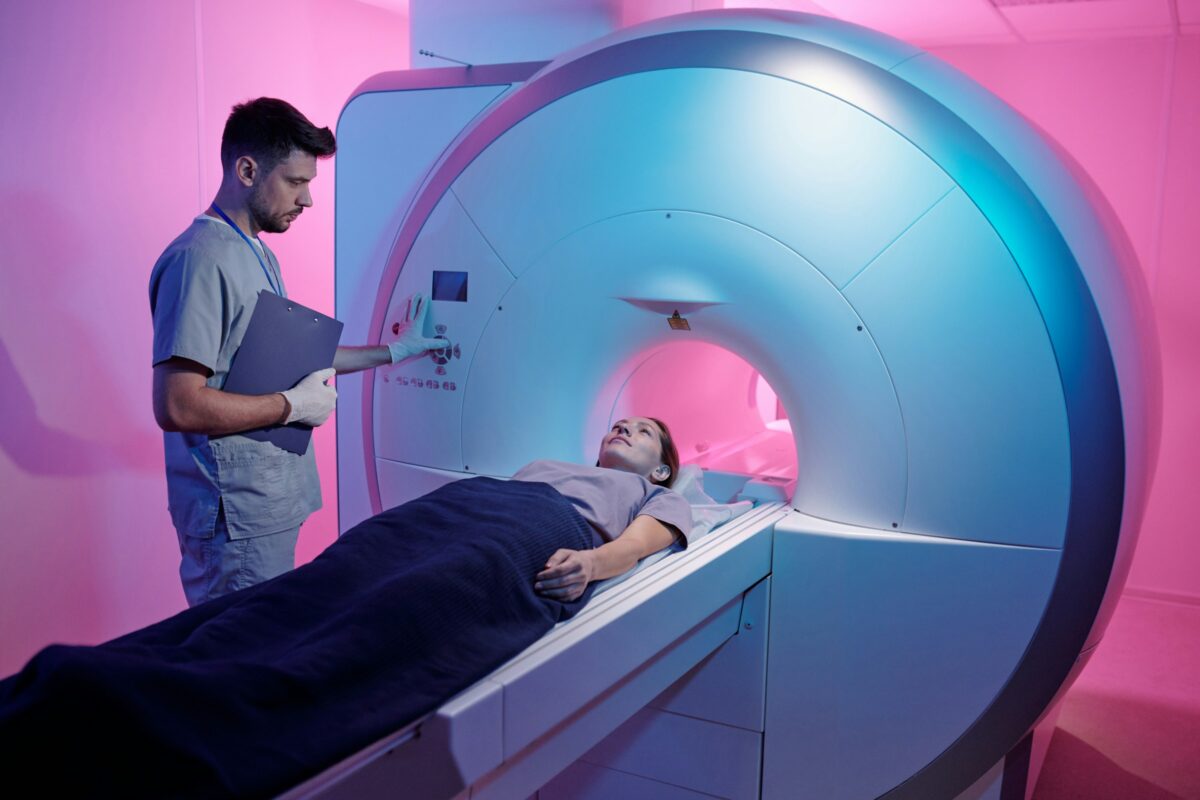Since their discovery in the 1960s, stem cells have captivated our curiosity. Unlike other cells in the body, stem cells are changeable: They can self-renew, and they can turn themselves into different, specialized cell types. Already, stem cell therapies have led to the development of things like bone marrow transplants for cancer patients. And their transformative abilities raise the possibility that scientists will one day be able to regenerate a person’s tissue and organs if they’re damaged by an injury or a disease. For example, they’re being explored as a treatment for brain tissue affected by Alzheimer’s.
However, when it comes to Alzheimer’s and other dementias, stem cells haven’t fully lived up to the hype. Though there are a number of stem cell clinics out there offering expensive and experimental treatments for Alzheimer’s disease, none of the treatments are proven to work, and experts say they may be risky. While scientists haven’t figured out the right approach yet, there are several stem cell-based therapies in the works, and with more research, scientists might one day crack this code.
Stem cells for treating dementia
In the last two decades, scientists have gained a better understanding of the inner workings of stem cells, making it easier than ever to manipulate and transform them into specific types of brain cells, accelerating this research. As of now, there are two different ways scientists are exploring turning stem cells into treatment for neurodegeneration. The first approach involves replacing cells that get damaged or die off during the course of Alzheimer’s or other dementias.
“In Parkinson’s disease, there’s a very specific nerve cell type, a dopamine-producing nerve cell that is selectively vulnerable and dies early on,” Dr. Arnold Kriegstein, a neurologist at UCSF and a leading expert on stem cells, told Being Patient. Scientists use pluripotent stem cells, which can be transformed into dopamine neurons by bathing them with the right cocktail of proteins and chemical signals. Then, these newly formed brain cells are implanted into the brain.
The other approach leverages proteins called factors, which are secreted by stem cells. Factors affect the brain’s immune system, help cells grow, and promote regeneration.
Stem cells in clinical trials
At the moment, there are no ongoing Phase 3 trials testing stem cells for Alzheimer’s, but several promising trials are in earlier stages. And around the world, scientists are testing whether they can treat Parkinson’s by making new dopamine-producing neurons from stem cells. It will take at least several more years — and larger studies — before we know if this approach is effective.
As far as stem cell-based treatments that are still in animal studies, an Australian-based company developed brain stem cells out of reprogrammed hair follicles. In a small veterinary trial of canine dementia (yes, dogs get dementia, too), these newly formed neuronal cells were injected into dogs’ brains and successfully treated some of their symptoms. The company may test this approach in humans with neurodegenerative diseases in the future.
If these trials succeed, they could be a path forward for treating dementia — one that not only slows down progression (like the new generation of anti-amyloids for Alzheimer’s are designed to do), but goes a step further, even replacing damaged or dead brain cells and reversing the disease.













